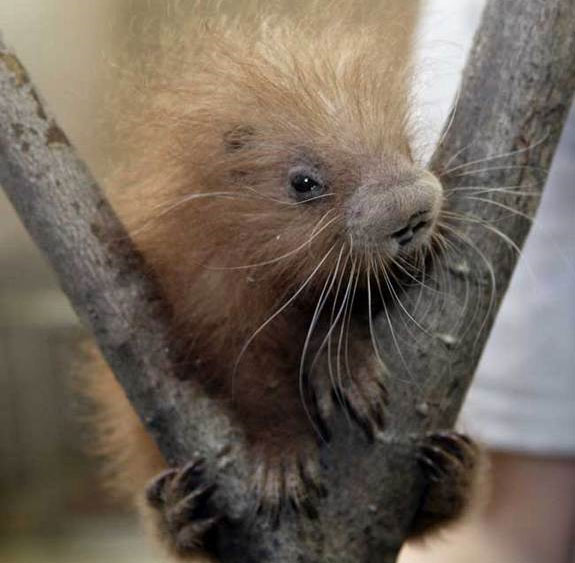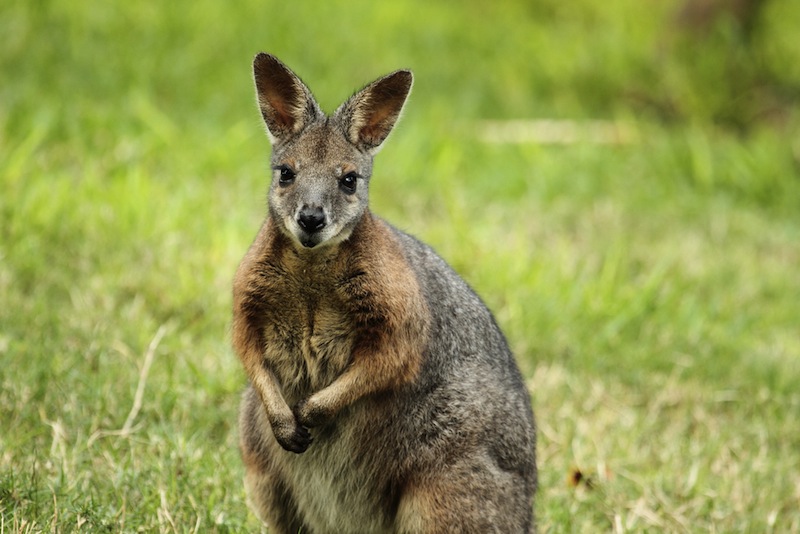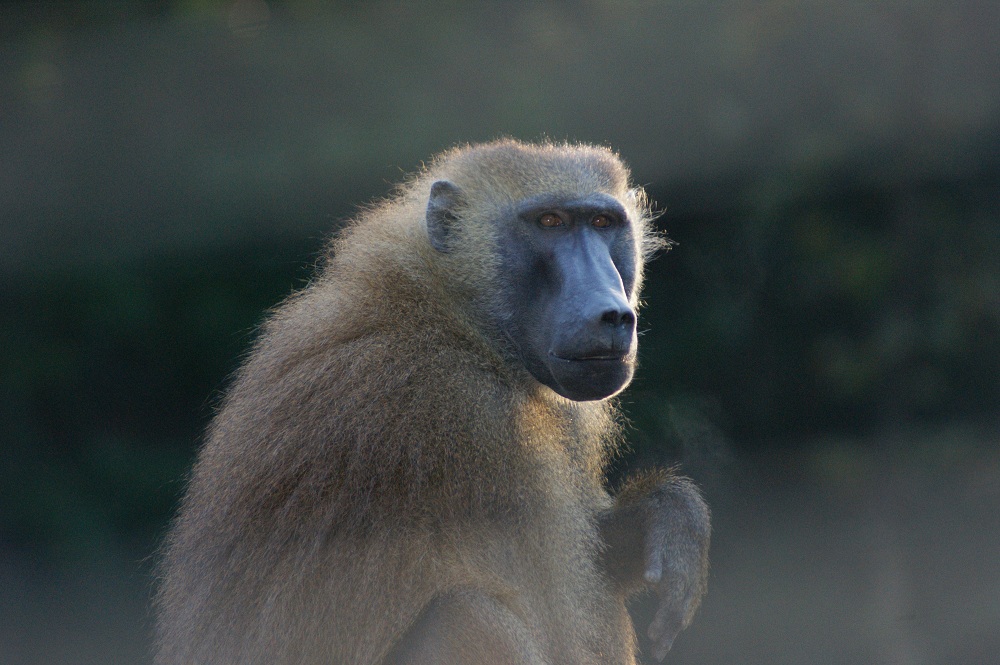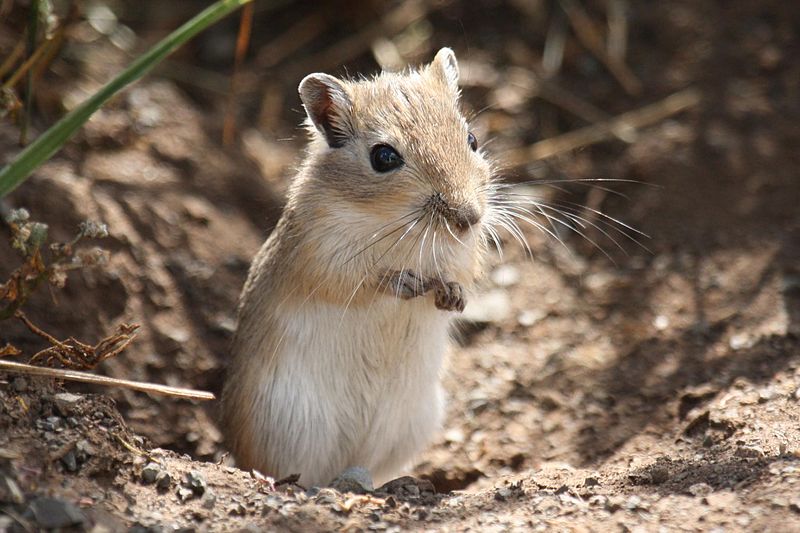In Photos: The Peskiest Alien Mammals
Himalayan Porcupine

Species: Hystrix brachyuran
Origin: South Asia
Where: Pine Valley Wildlife Park, Devon, U.K.
When: 1969
Why: Lovers on the run? A single pair of Himalayan porcupines escaped from a wildlife park in England and reared a litter. Their little family grew in size, attacking crops and stripping bark from trees. All the animals were caught with traps by 1979.
Red-Necked Wallaby

Species: Macropus rufogriseus
Origin: Australia
Where: U.K.
When: Beginning in 1900
Why: Escaped from zoos. Red-necked wallabies do surprisingly well in the cool and misty British Isles. Small groups live in Scotland, the Isle of Man, and England.
Olive Baboon

Species: Papio Anubis
Origin: Central Africa
Where: Cadiz, Spain
When: 1972
Why: Escaped from an abandoned wildlife park. Originally a group of 60, the free-ranging baboons dwindled to 20 by 1998. The government captured most remaining animals and put them in a zoo in 2001.
Mongolian Gerbil

Species: Meriones unguiculatus
Origin: Mongolia
Where: Paris
When: 1866
Why: The blond Barbie of rodents, the Mongolian gerbil was a popular house pet in Paris of the late 19th century. Small colonies live in the U.K., where it was introduced from the U.S. in 1964. The first recorded colony in the U.K was discovered in Yorkshire in 1971.
Get the world’s most fascinating discoveries delivered straight to your inbox.



